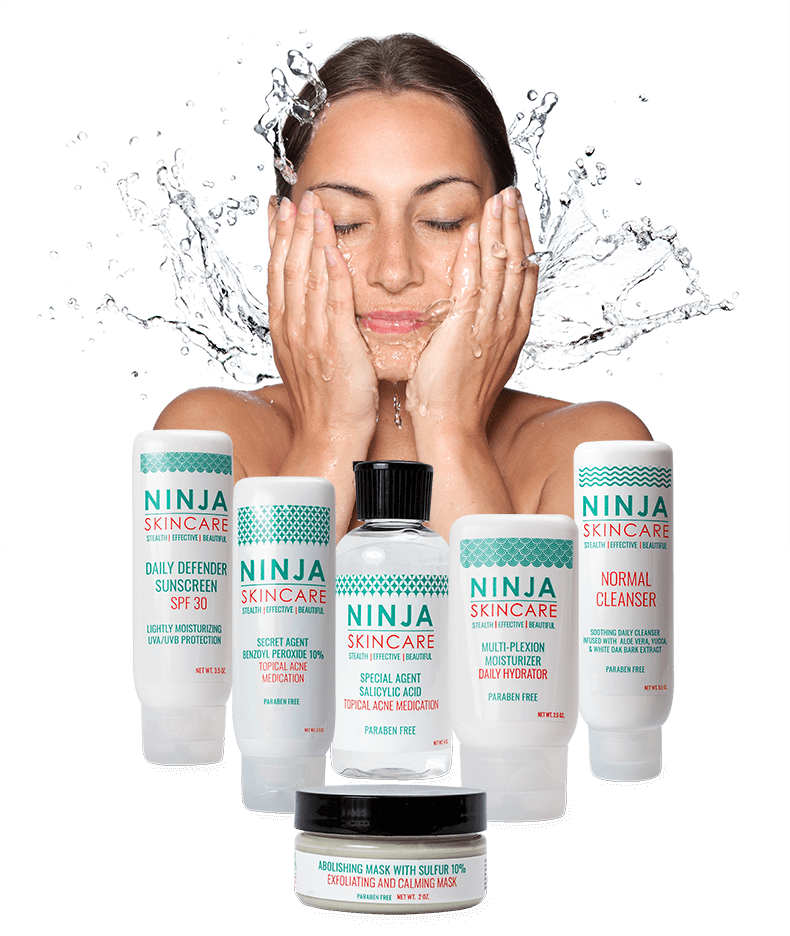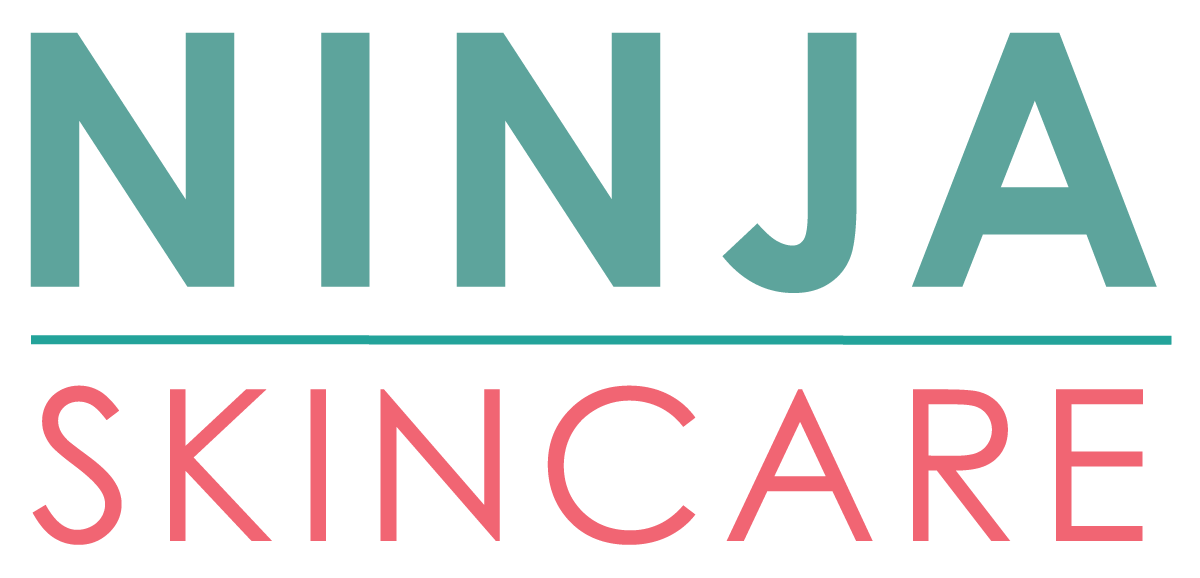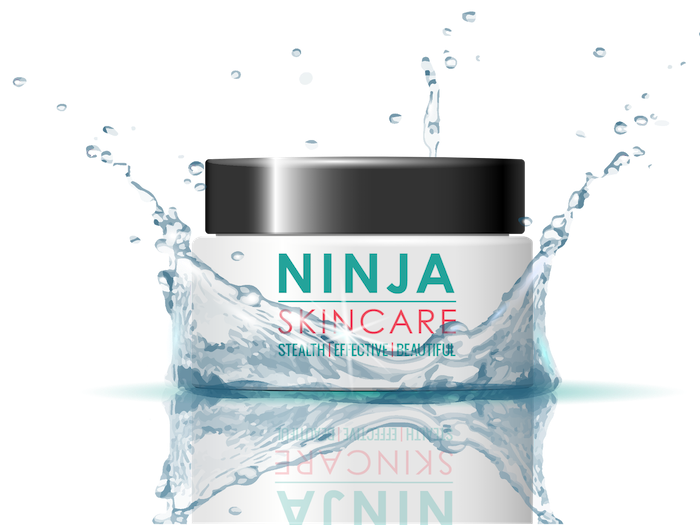Cystic Acne – What is it, why do you get it and how do you get rid of it?
March 23, 2017
What is Cystic Acne?
It’s pretty staggering that 80% of the world’s population will suffer from acne at some point in their lifetime. Acne breakouts are caused from the retention of dead skin cells in the hair follicles. The dead skin cells mix with skin oils which attracts bacteria into the hair follicles. This prompts the body to produce a pimple to fight off the bacteria.
Luckily for most people, acne breakouts will mainly consist of whiteheads and blackheads. These breakouts, while emotionally scarring will not cause physical damage or scarring to the skin and they are relatively easy to treat in a short period of time.
However, cystic acne, which is characterized with more painful, larger and deeper pustules will most likely cause permanent indentations on the skin. Thankfully, a much lower percentage of people are afflicted with cystic acne.
Cystic acne is formed when one or more adjacent, deeply clogged hair follicles rupture, releasing the infection into the dermal layer of the skin. This triggers a wider inflammatory response, causing your body’s immune system to form a membrane around the infection, deep under the skin. This is what leads to the hard, painful and inflamed cysts.
How do you treat Cystic Acne?
Did you know acne is the #1 reason why people go to dermatologists? It is. Which means a LOT of people with severe acne believe their only solution is a prescription drug. Frequently prescribed acne drugs include Isotretinoin (Accutane), Doxycycline, Minocycline, Retin-A, birth control pills and Spironolactone, among others. Although using prescription medications is very common there are some drawbacks. The side effects of nearly every prescription acne drug are potentially severe. They can range from extreme sun sensitivity, to dry lips, eyes, skin, mouth, to menstrual cycle changes, intestinal issues, anxiety and depression just to name a few. In fact, if you are taking Isotretinoin, you are required to be on birth control because the drug is damaging to the fetus should you become pregnant. It’s no wonder why so many people believe the risks associated with these drugs are not worth their potential clearing of the skin.
Thankfully, there is another approach to combating cystic acne with far less risk and side effects. This approach is to use a daily topical treatment designed to prevent future cysts from forming as well as making healthy lifestyle choices to support your body’s immune system (eating a well balanced diet that is low in sugar, getting plenty of sleep and drinking plenty of water each day to stay hydrated.)
The most common topical treatment for all grades of acne is benzoyl peroxide. There are varying percentages of benzoyl peroxide available, 2.5%, 5% or 10%. Obviously the higher the percentage, the more aggressive and stronger the treatment. Most people who use benzoyl peroxide religiously will notice a texture change on their skin almost immediately and within 1-2 months they will see positive clearing changes on their skin. If the percentage and frequency of use are closely monitored, they should see complete clearing within 4-5 months of consistent use. Although benzoyl peroxide does tend to bleach fabrics (get white sheets!), the positive results greatly outweigh that risk. Just a cool little fact – the oxidizing characteristic of benzoyl peroxide‘s fading fabric is also helpful with lightening discoloration on the skin left over from previous breakouts.
There is a percentage of the population with a sensitivity to benzoyl peroxide which will make their skin become red and itchy. For these individuals, using a combination of sulfur and resorcinol with either salicylic or glycolic acids proves successful in clearing cystic acne and fading dark marks.
Regardless of the combination of products you ultimately end up using to control your cystic acne breakouts, it is important to 1/ make sure you are using the correct products for your skin type and 2/ be diligent and consistent with your topical treatment to effectively prevent new acne and cysts from forming.
For some people who suffer with cystic acne, they might experience a persistent and reoccurring nodule that will not go away. In this case, it may be necessary to go to a dermatologist to get the cyst injected with cortisone. Typically, the cyst will start to reduce in size and swelling within 24 hours after the injection. It is important to note that injecting a cyst is not a long term solution and should not be overused to make existing cysts go away faster. Injecting a cyst will not prevent future cysts from forming; it will only reduce its size more quickly. And with cystic acne, there is a higher likelihood of severe scaring – so it is more important to prevent them altogether rather than treat them once they come up on your skin.



 Get a ZERO obligation consultation with an acne-fighting Ninja!
Get a ZERO obligation consultation with an acne-fighting Ninja!
